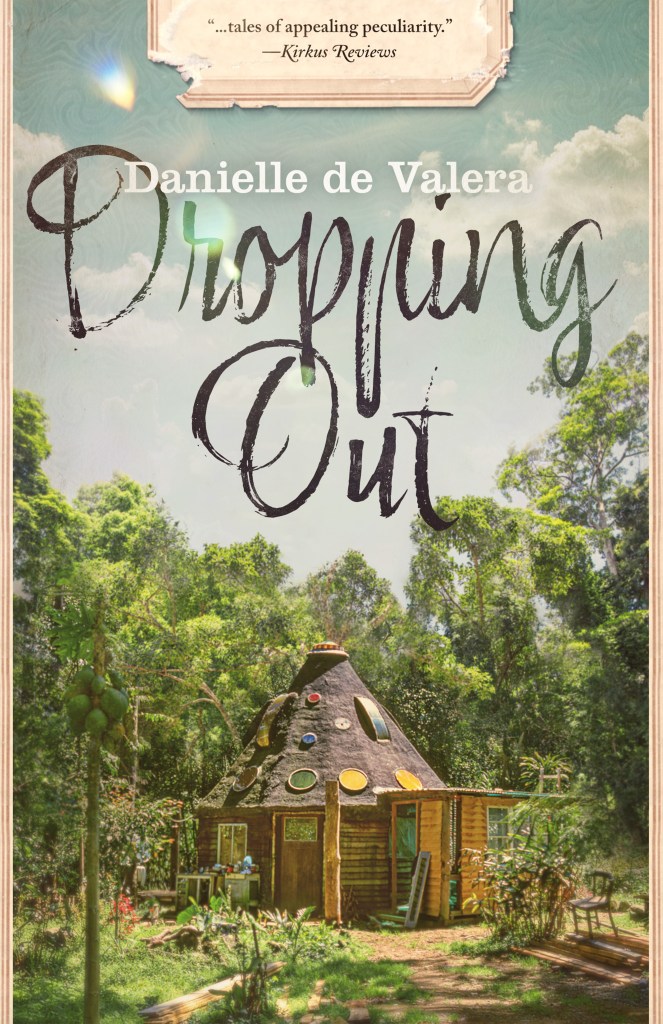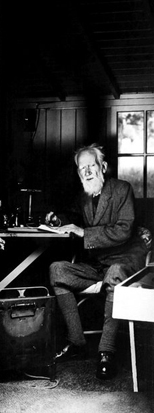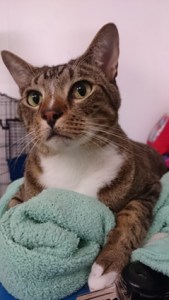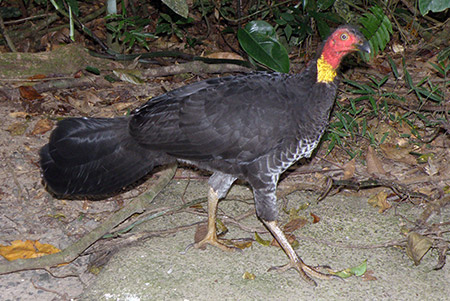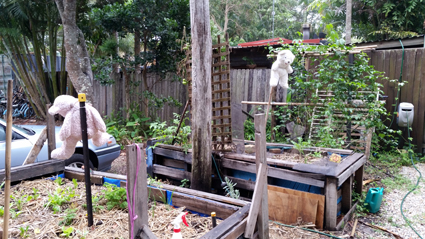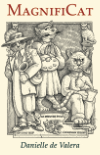The move from Byron Shire to Brisbane was a horrendous affair.
I had lived in the shire for forty years, twenty years in the same apartment. The only way I could get out of there was to have the movers pack for me. Unfortunately, these local movers did not unpack at the other end, and so I arrived with a two-bedroom house’s worth full of furniture and twenty-three tea chests.
What I did not arrive with was my fifteen-year-old cat Tim.

Tim
I had lost my loyal, doglike companion of fifteen year just six weeks before to chronic kidney disease. He died in my arms. At home, at the hands of a vet he knew and trusted. Although his end was very peaceful, I did not take it well. But reflecting on it later, when I was saner, I realised this was a mercy for him. He would have hated to see his home torn down around him and be transported to a strange place where his comings and goings would be seriously curtailed. Although the apartment I landed in had a courtyard, it was a postage stamp compared to the area in South Golden Beach that he’d had to roam in. Still, his loss hit me hard and, although I went on with plans for the move, I was dispirited.
Prone to anxiety, depression and wild despair,
I took to looking at pictures of Abyssinian cats online. (A number of vets had told me over the years that Tim was part-Abyssinian.) This was the only thing that could bring me to tears, and I feared the bleak, grim, tearless place into which I was sinking.
One day, as I was sniffling my way through the Brisbane Abyssinian breeders, I came across a website with a sign that read:
HELP SAVE KIRSTEN’S CATS!
An Abyssinian breeder named Kirsten had died just before Christmas 2017 (it’s now April 2018 in my tale of woe), and although the other breeders had swooped in to take her cats temporarily, they needed to rehome them.
Help Save Kirsten’s Cats! I began to look through the photos of the cats still needing rehoming. Most were the usual silver Abyssinians, but two were a strange golden tan, the colour Tim’s belly fur had been. Apparently, these two had been a breeding couple; now they had been desexed. My heart went out to them, stuck in their nine-foot-square breeding cage. People were prepared to take one cat, but no one wanted two. And these two were very devoted. They’d been separated accidentally in the chaos of the move after Kirsten’s death and the male had become frantic with loneliness. They couldn’t be separated.

I agreed to take the cats when I arrived in Brisbane in May, and sent Marie, who was holding them, some money for their keep in the meantime.
I didn’t know what I was letting myself in for when I took those cats.
I’d never owned rescue purebreds before. The Siamese cats I’d had in the distant past I’d had since they were twelve weeks old, and they’d run free like ordinary moggies. When I finally arrived in the New Farm apartment and checked out the courtyard, I realised at once that it wasn’t suitable for two cats who’d always been caged, and didn’t know about dogs, cats, cars, etc. The fence would need to be increased by a height of three-quarters of a metre and netting put over the whole lot if these cats were to be kept safe.
By now, it was June, and the nights were reaching two degrees Celsius where the cats were, and the seven-year-old male had a bad cough. So I took the cats before the fence was increased in height and the netting was up — at least, they’d be warm at night, and the male would have a chance to shake off his chest infection.
I brought the cats home on 24th June. Because of various delays, the courtyard wasn’t finished until 11 September. The cats and I spent the winter locked in the apartment, which had three doors and four windows to the outside, any one of which could lead to their doom if they escaped. It was a difficult time. The little four-year-old female cat was like Houdini and seemed determined to see the rest of the world — like that barefoot girl from Arkansas who’s sure she’d be a star if she could just catch that bus to LA.
Slowly I unpacked the twenty-three tea chests and tried to get my health back, which had taken a battering from the move; having moved many times in the first forty years of my life, I’d overestimated my ability to bounce back. I returned to walking, and found a nice over-50s yoga class in town. I was afraid of Brunswick Street, the busiest street in New Farm, an inner city suburb (when the wind blows the right way, you can hear the Brisbane city hall clock strike the hour), so I always walked away from it. The walk I took was uninteresting; there were few trees and the houses lacked charm. Many times, as I slogged doggedly along, I bemoaned the fact that I no longer lived near the water.
One day in November, I felt well enough to brave Brunswick Street (I hadn’t seen a traffic light in forty years), cross over and walk in the opposite direction. This is what I found:
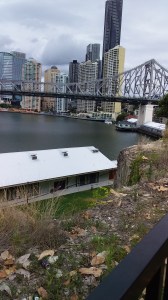

I was three hundred metres from the river! Okay, this wasn’t the ocean, (I’d been three hundred metres from that in NSW), but it was water. And a walkway ran along the river from what I later discovered were the Howard Smith Wharves to the centre of the city less than 1.8 kilometres away.
I took stock of the situation. The courtyard was finished.

The netting above isn’t showing up well, but it’s there.
The cats were safe. I had my 98,000 word Brisbane novel to finish.
Well, well. Maybe I’d survive after all.



